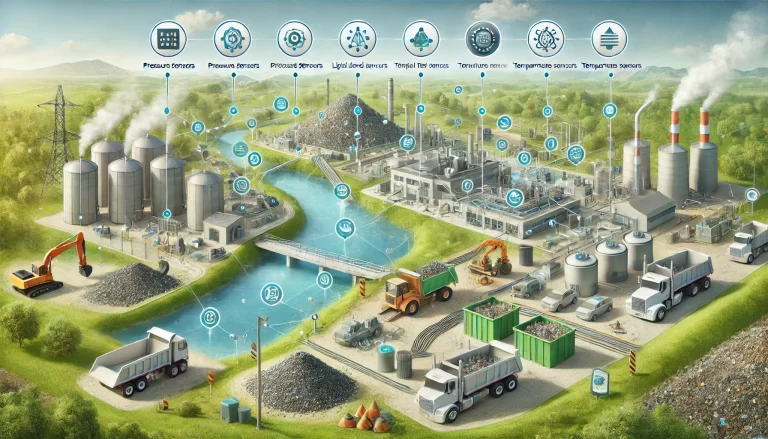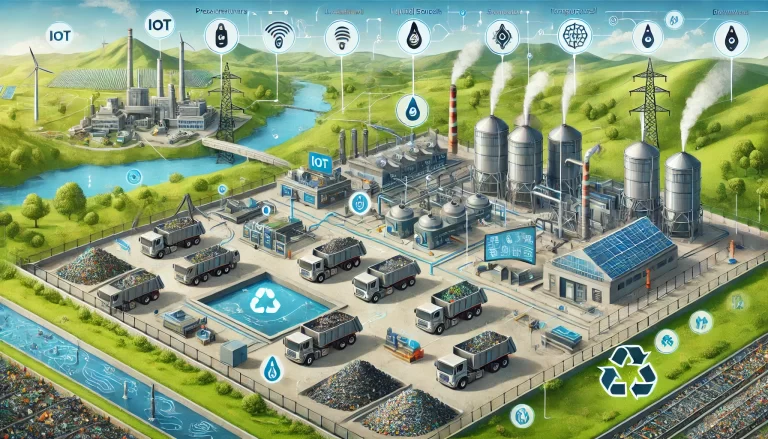In the field of environmental protection, sensors play an indispensable role. A variety of sensors, such as pressure sensors, liquid level sensors, temperature sensors, humidity sensors, differential pressure sensors, and soil moisture sensors, are widely used to monitor the physical parameters involved in waste management processes. The quality and performance of these monitoring instruments directly influence the efficiency and stability of waste classification systems.
The Role of Sensors in Waste Classification Processes
The first step in waste classification is sorting, which involves the use of screening machines to separate solid and liquid waste. Solid materials are recovered for further utilization, while wastewater undergoes purification treatment. In this critical process, pressure sensors serve as a key control and monitoring mechanism, ensuring system protection and quality assurance.
Similarly, liquid level sensors are crucial in wastewater treatment to maintain optimal operation and prevent overflows. In landfill sites, soil moisture sensors continuously monitor the soil and groundwater conditions, ensuring the safety and sustainability of the surrounding environment. These applications highlight how sensors act as the backbone of efficient and environmentally friendly waste management.

Broader Applications in Environmental Protection
Beyond waste classification, sensors have extensive applications across various environmental protection domains. They are pivotal in tail gas treatment, waste disposal, pig farm wastewater treatment, and energy-saving initiatives. For example, temperature and humidity sensors are integral to managing emissions from industrial processes, while pressure sensors are used to monitor and optimize the operation of energy-efficient systems.
In addition to their use in specific environmental processes, sensors play a critical role in the design and development of eco-friendly equipment and products. This dual functionality underscores their versatility and importance in advancing environmental sustainability.
Challenges and Future Prospects
While sensors have significantly improved waste management and environmental monitoring, challenges remain. Issues such as high costs, sensor calibration complexities, and the need for enhanced durability in harsh conditions limit their widespread adoption. Overcoming these challenges requires continuous innovation in sensor technology, including the development of more robust and cost-effective solutions.
The future of sensors in environmental protection is promising. Emerging technologies such as IoT (Internet of Things) and AI (Artificial Intelligence) are expected to further enhance the capabilities of sensors, enabling real-time data analysis and predictive maintenance. These advancements will revolutionize waste management systems, making them smarter, more efficient, and more sustainable.

Conclusion
Implementing effective waste classification and environmental monitoring strategies is crucial for improving living environments, conserving resources, and reflecting societal progress. Sensors, as foundational tools in these efforts, not only facilitate efficient waste management but also contribute to the broader goal of environmental sustainability. Looking ahead, continued innovation and collaboration will be essential to unlocking the full potential of sensor technologies in building a cleaner and greener future.
